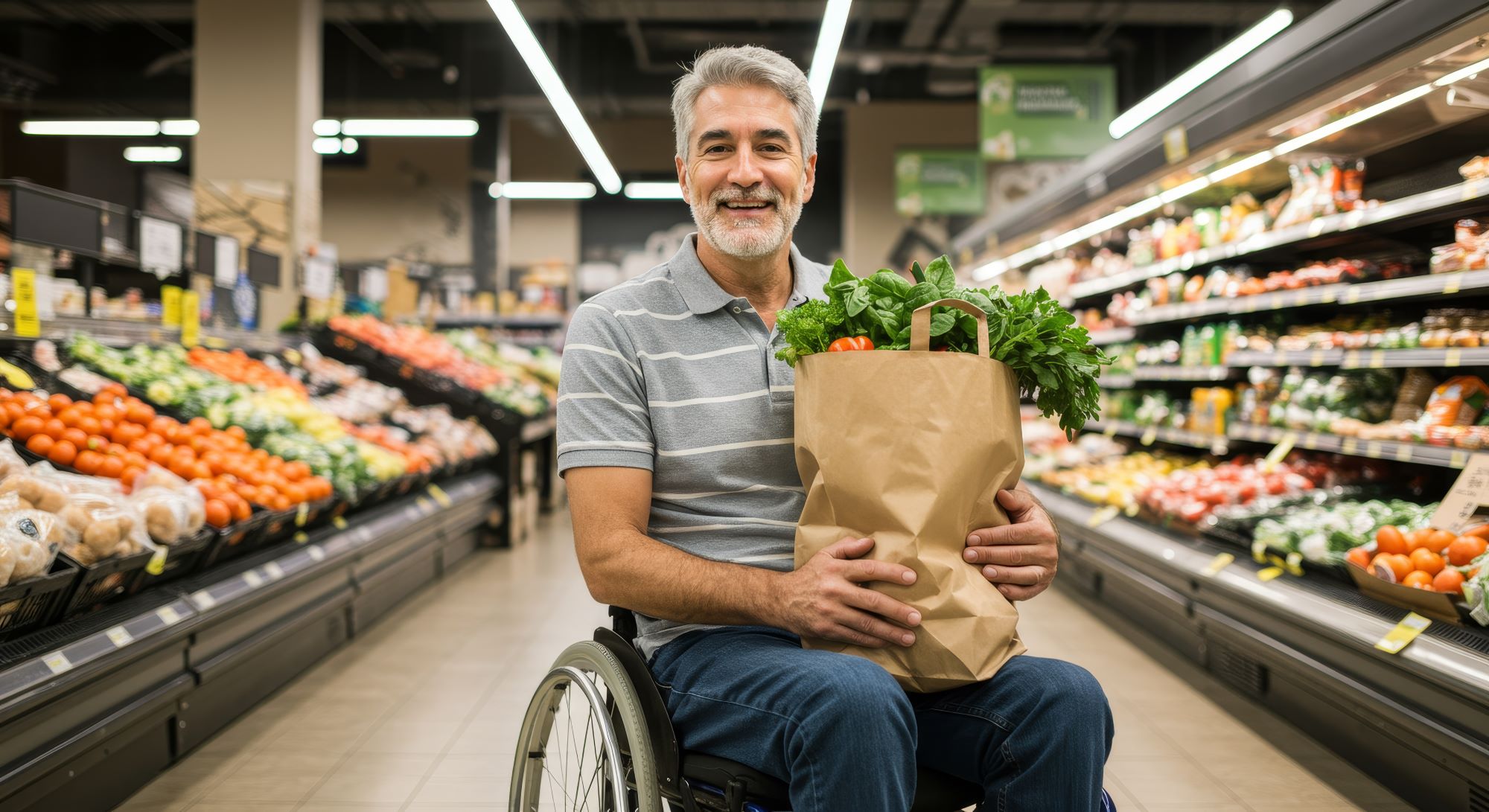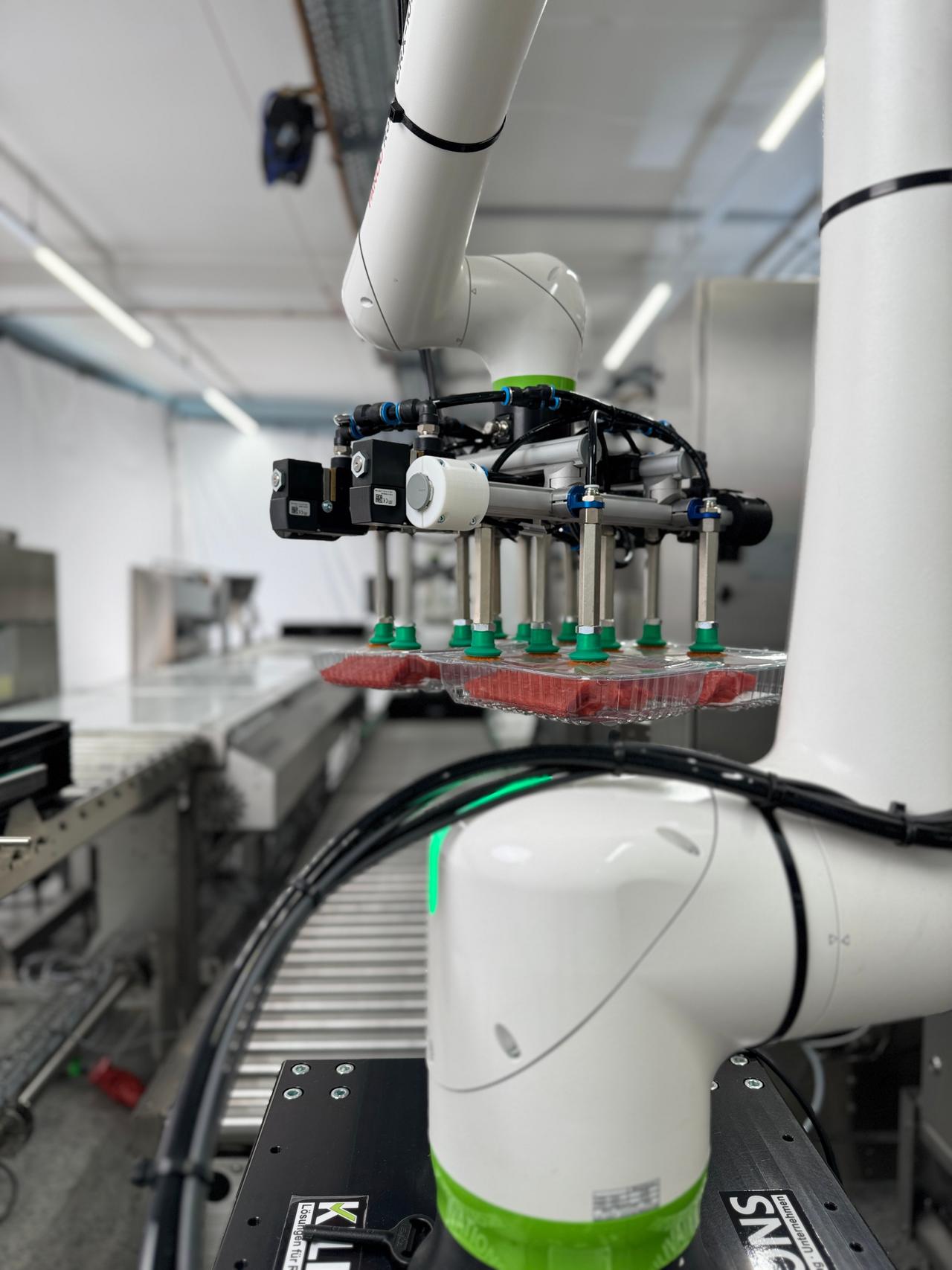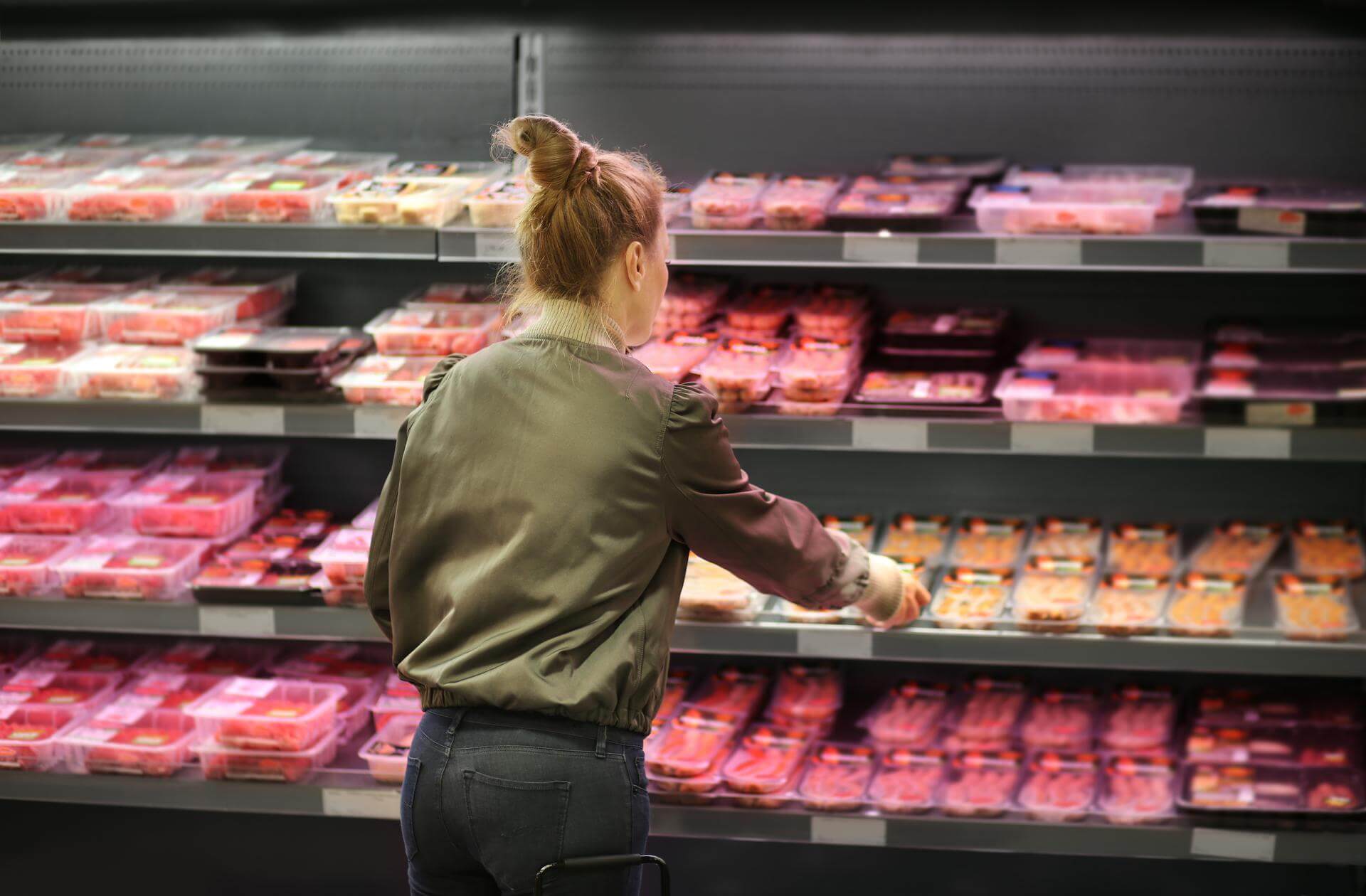Hybrid fresh food counters: efficiency meets flexibility at the POS
A hybrid fresh food counter merges two approaches. On one side, it offers freshly sliced goods prepared to order. On the other, it features pre-packaged products that customers can pick up directly. This setup meets different customer needs—some prefer personal service, others value speed and independence.
There’s also a distinction between in-store pre-packaging and industrial packaging. At the counter, we focus on quality and fresh appearance. In urban stores where space is tight, hybrid counters make better use of floor area while still offering variety. Retailers can adjust how they operate based on peak and off-peak hours, and customers benefit from a consistent range throughout the day.
It streamlines them. High-precision slicers allow staff to respond to individual orders quickly and accurately. Then the packaging process ensures hygienic, secure presentation with extended shelf life. Because the process is partially automated, it reduces manual handling, speeds up workflows and supports hygiene and quality standards.
It all starts with slicing. Our slicers are designed for precision and speed, tailored to customer orders. From there, the product moves directly into one of our packaging solutions. We use tray sealers for airtight packaging, stretch wrapping machines for flexible shapes and vacuum systems for maximum shelf life.
The key is seamless integration. Each machine works as part of a connected workflow and is equipped with interfaces for checkout and inventory systems. That means the process doesn’t just end with the product—it generates real-time data on output and stock. This transparency improves planning and process control.
Picture a customer ordering sliced meat. Our slicer handles the order, then the slices go straight into a tray sealer that seals them hygienically. Meanwhile, the system automatically updates inventory and records production data. Everything happens without delay, and the quality is preserved throughout.
There are several. Automation reduces manual labor and speeds up operations. Consistent quality builds trust and loyalty. Hygiene improves, which is essential in food retail, and the shelf life is extended, which helps reduce waste.
The presentation is also better—customers see both freshly prepared and ready-to-go options, all well packaged. Integration with IT systems means real-time monitoring and better responsiveness to demand. Altogether, these elements give retailers both efficiency and a competitive edge.
The trend is clearly moving toward more digital and flexible solutions. Automation and smart process control will become even more important. Retailers will need systems that let them adapt quickly to changes—whether in demand, staffing or customer behavior.
My recommendation: choose technologies that are already geared toward these future needs. That’s what will give you long-term advantages.

Want to know more?
Your message is on it’s way
The form was sent successfully
Oops, something went wrong here
An error occurred when sending the form. Please try again





